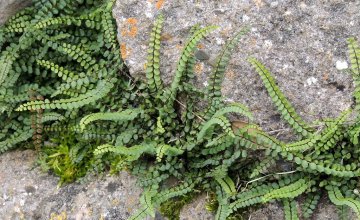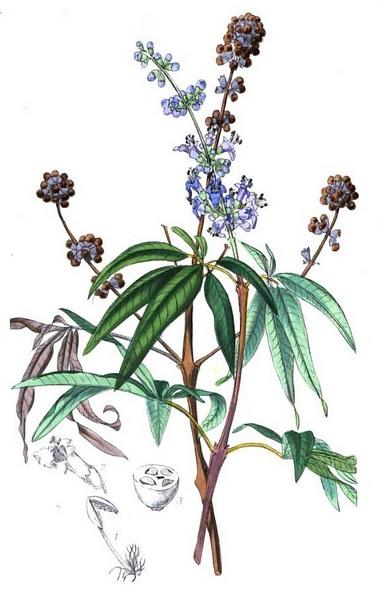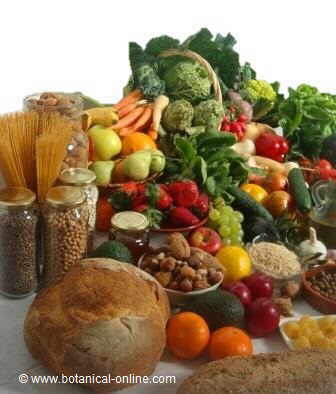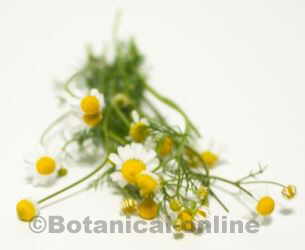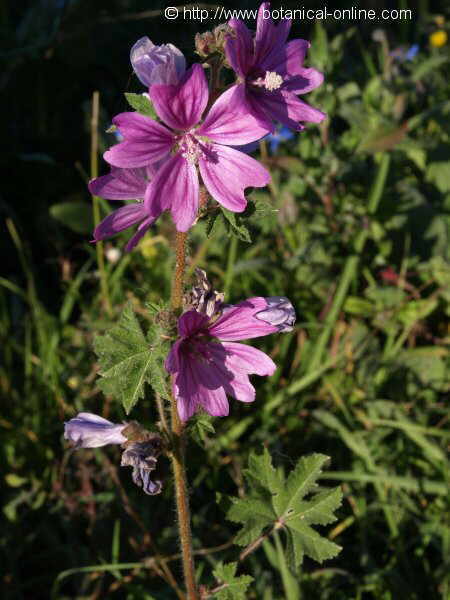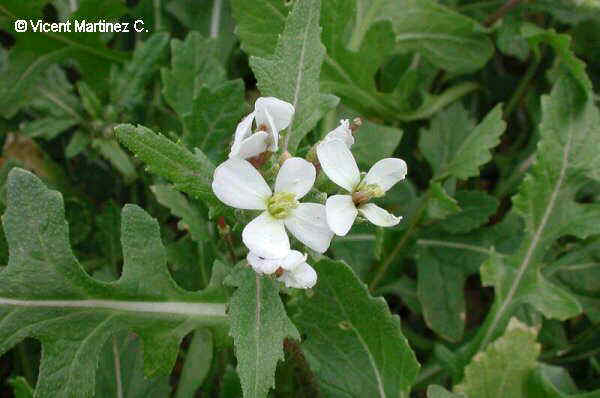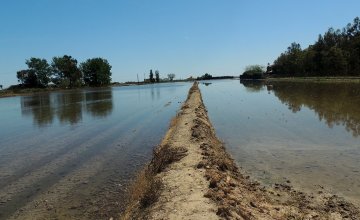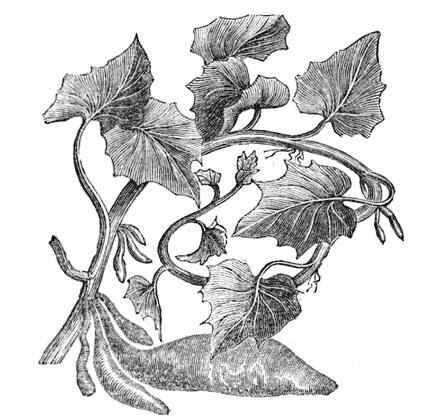Triticale grain composition
- Carbohydrates: it is the majority component of the grain, like all cereals. Triticale is an important source of complex carbohydrates, 72g per 100g, higher than wheat and rye.
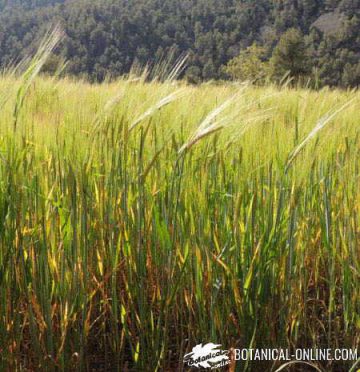 Triticale has a total pentosan content of 7.20% of the grain, slightly higher than the pentosan content of wheat (6.60% of the grain), although much lower than the pentosan content of rye grain (12.20% of the grain). Pentosans are a type of carbohydrate that give viscosity and fluffy consistency to the bread, which is characteristic of fluffy rye bread.
Triticale has a total pentosan content of 7.20% of the grain, slightly higher than the pentosan content of wheat (6.60% of the grain), although much lower than the pentosan content of rye grain (12.20% of the grain). Pentosans are a type of carbohydrate that give viscosity and fluffy consistency to the bread, which is characteristic of fluffy rye bread.
- Proteins: the protein content of triticale is similar to that of wheat. Thanks to the hybridization with rye, higher levels of lysine than wheat have been achieved, a deficient amino acid. That’s because the protein quality of triticale exceeds that of wheat.
Although rye still has higher amounts of lysine, this is still a limiting amino acid of these cereals.
Among its protein content is gluten. It contains more gluten than rye but less than wheat. The quality of the gluten is what determines the bread-making capacity of the cereal. In the case of triticale, the quality of the gluten is lower and it does not have good bread-making properties. It must be mixed with wheat flour to make a good wheat triticale bread.
Triticale is not a cereal suitable for people allergic to gluten.
Triticale contains a higher amount of lysine than other cereals. Its protein is more digestive and has a good balance between all amino acids.
| Its superior content and better balanced between all amino acids in triticale, makes this grain a good source of protein. That’s important both for human consumption and for use in feeding livestock.. |
- Fats: contains less fat than their parents, wheat and rye. This fat is mainly oleic acid and linoleic acid.
- Minerals: its content of magnesium, iron, potassium, phosphorus and zinc stands out.
- Vitamins: like all cereals and foods rich in carbohydrates, rye contains vitamins of group B, especially vitamin B1, B5 and folic acid.
Nutritional composition of triticale
| Triticale grain composition per 100g | |
|---|---|
| Nutrient | Content |
| Calories (Kcal) | 336 |
| Carbohydrates (g) | 72,13 |
| Proteins (g) | 13,05 |
| Fat (g) | 2,09 |
| of which saturated fat(g) | 0,37 |
| of which monounsaturated fat (g) | 0,21 |
| of which polyunsaturated fat (g) | 0,91 |
| Fiber (g) | Not analyzed |
| Vitamin B1 or thiamine (mg) | 0,41 |
| Vitamin B2 or riboflavin (mg) | 0,13 |
| Vitamin B3 or niacin (mg) | 1,43 |
| Vitamin B5 or pantothenic acid (mg) | 1,32 |
| Vitamin B9 o r folic acid (mcg) | 73 |
| Vitamin C (mg) | 0 |
| Vitamin E (mg) | 0,9 |
| Calcium (mg) | 37 |
| Iron (mg) | 2,57 |
| Magnesium (mg) | 130 |
| Phosphorus (mg) | 358 |
| Potassium (mg) | 332 |
| Sodium (mg) | 5 |
| Zinc (mg) | 3,45 |
| Manganese (mg) | 3,21 |
![]() More information on triticale
More information on triticale

